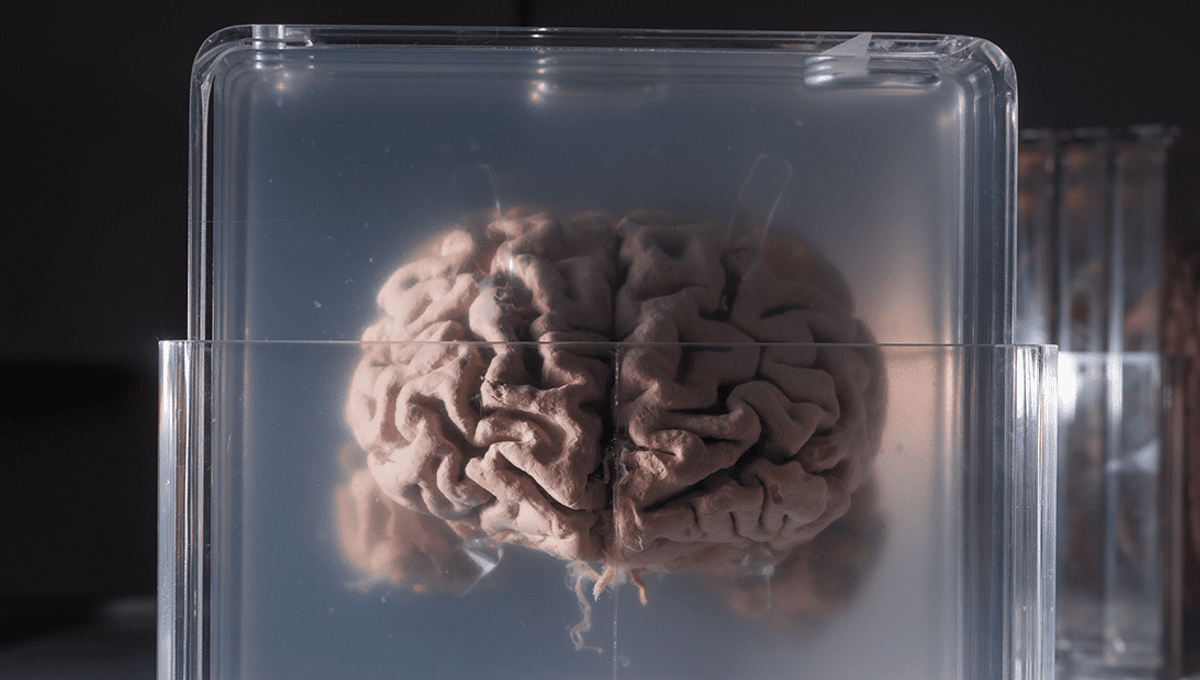
A surgeon who has previously made plans to conduct head transplants (or should that be body transplants?) has claimed in an editorial that whole brain transplants are now “technically feasible”.
Neurosurgeon Sergio Canavero hits headlines every now and then, usually due to claims about taking heads from one thing and placing them on the body of another. As well as several head transplants performed on animals, he has even claimed to have operated on humans – albeit dead ones – at Harbin Medical University in China in 2017.
“The first human transplant on human cadavers has been done,” Canavero said to The Telegraph after the dead human to dead human head transplant. “A full head swap between brain-dead organ donors is the next stage. And that is the final step for the formal head transplant for a medical condition which is imminent.”
Such claims have been met with skepticism by other neuroscientists and medical professionals. Author and neuroscientist Dean Burnett wrote in The Guardian that calling the head transplant a “success” as certain publications had, was a stretch.
“Call me a perfectionist if you must, but I genuinely think that any surgical procedure where the patients or subjects die before it even starts is really stretching the definition of ‘success’ to breaking point,” he wrote, adding that he may have “attached” major nerves and blood vessels between the two cadavers, but that’s a far cry from what you’d need to be able to achieve to conduct a head transplant.
“You can weld two halves of different cars together and call it a success if you like,” he added, “but if the moment you turn the key in the ignition the whole thing explodes, most would be hard pressed to back you up on your brilliance.”
In 2019, the man who volunteered to be the first body transplant recipient pulled out of the project, after falling in love and having a child. Following Valery Spiridonov – who has a severe muscle wasting disease – pulling out of the project, Canavero claimed that other volunteers were waiting for their own chance to have the procedure themselves. Since then, however, there have been no big claims of head transplants, on humans, rats or monkeys. Are we to presume the project has been abandoned?
Not quite. In a new paper, Canavero claims that the development of the brain transplant – taking the healthy brain of an individual and placing it into a donor body – is necessary due to “the unavailability of technologies that can successfully rejuvenate an aged body”.
Canavero writes in the paper that the aim of “project PERSEUS” is to move an “old brain into a young immunoconditioned body” or into a “nonsentient clone” when that technology becomes available.
Leaving aside that clones grown as spare body parts is a fairly major plot point in a sci-fi novel of recent times (we shall decline to name for fear of spoiling), Canavero goes on to describe how he would attempt to tackle a full brain transplant. Part of the solution would be to transplant the brain while still inside the dural sac, the thick membrane that surrounds the brain and spinal cord.
Both patients – the body recipient and body donor – would be tracheotomized and ventilated, while in an upright position, before “scalping of the head down to the orbital ridges” begins.
The brains are swapped after the skull cap has been removed, and the nerves fused using polyethylene glycol, which has shown promise in post-traumatic nerve repair. He notes that variation in the diameter of the cranial nerves of both patients must be scanned prior to the procedure, except in the case of clones.
“It goes without saying that [brain transplant] is acceptable exclusively under condition that rapid recovery of neural transmission ensues,” Canavero writes. “The patient is expected to emerge from post transplant-induced coma with cranial nerve function already present or rapidly recovering.”
Though he says that new tools will need to be developed to carry out the operation, he claims that it is feasible.
“Contrary to common lore, a full [brain transplant] is achievable, at least theoretically. Of course, further extensive cadaveric rehearsals will be necessary, followed by tests in brain-dead organ donors (as e.g., done recently in kidney xenotransplants),” he concludes. “With appropriate funding, a long-held dream may finally come true.”
That dream being a nightmarish future where clones are grown in a brain-dead state, only to have their brains scooped out when their original decides they are getting on a bit.
The editorial is published in the journal Surgical Neurology International.
Source Link: Controversial Neurosurgeon Behind 2017's "Head Transplant" Now Working Towards A Brain Transplant